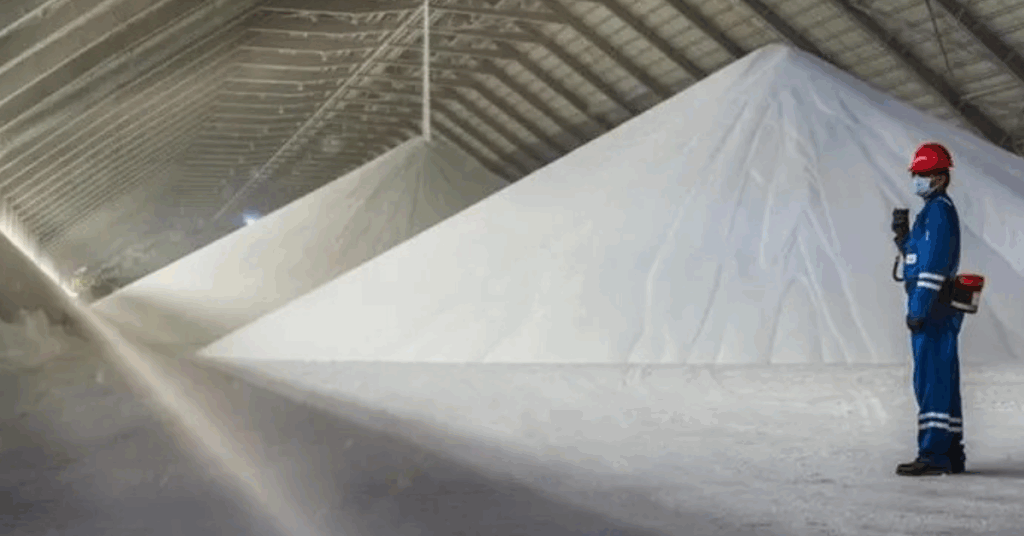Fertiglobe, the Abu Dhabi-based fertiliser producer, recorded a second-quarter net profit of $20.2 million attributable to shareholders—a 41.3% increase from $14.3 million in the same period last year, according to its latest financial statement.
Financial Highlights
The Q2 profit matched analysts’ consensus estimate of $20 million, as reported by data provider LSEG. Revenue climbed 14% year-on-year to $566 million, up from $496 million during Q2 2024.
However, for the first half of 2025, net profit declined by 29% year-on-year to $92.8 million, down from $131 million. The previous year’s figure included a one-off foreign exchange gain of $81 million. First-half revenue rose 20% to $1.26 billion.
Although own-produced sales volumes dipped 10% in Q2, the drop was limited to just 1% across the first six months of the year.
Fertiglobe, the world’s largest seaborne exporter of combined urea and ammonia, is also a front-runner in sustainable ammonia production. With an annual production capacity of 6.6 million tonnes, the firm operates subsidiaries in the UAE, Egypt, and Algeria.
The company ranks 96th on Forbes Middle East’s 2025 Top 100 Listed Companies list, while CEO Ahmed El-Hoshy holds sixth place on the 2024 Forbes Middle East Sustainability Leaders list.
Dividend and Outlook
Fertiglobe has proposed a first-half dividend of at least $100 million, or 4.4 fils per share, as disclosed in the earnings report.
“This quarter demonstrated Fertiglobe’s growing operational resilience, with an adjusted EBITDA increase of 26% Y-o-Y,” said El-Hoshy.
“Fertiglobe remains strategically placed to deliver robust performance and maintain operational continuity amid challenging conditions,” he added.
Strategic Developments
In April, Fertiglobe signed a deal to acquire Wengfu Australia’s distribution assets. The acquisition will strengthen the company’s access to the Australian market and aligns with its broader growth strategy across the Asia-Pacific region.
The deal is forecast to lift Fertiglobe’s earnings per share by 2.8% in 2026 and 4.1% in 2027, excluding any future synergies.

